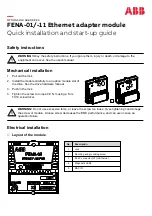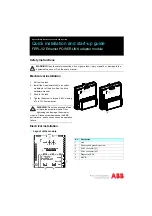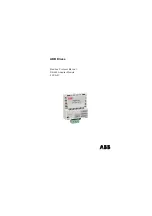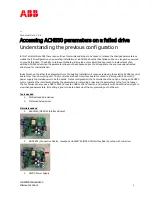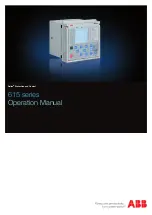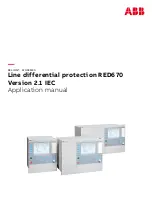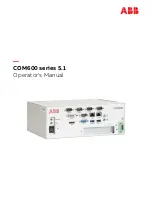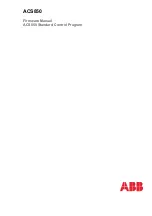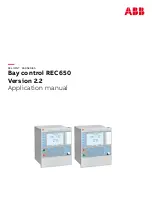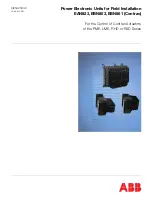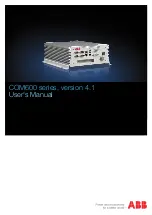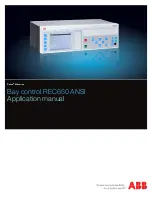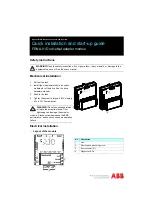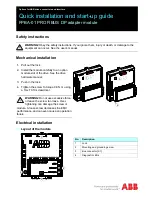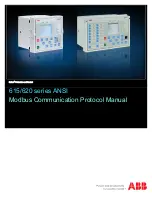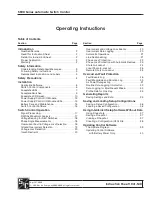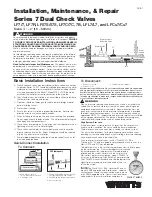
7,3 8VHU 0DQXDO 9HUVLRQ
3. Functional Description
3.1. Analog Input
The TIP850 provides 16 single ended or 8 differential multiplexed analog inputs. The desired input and the mode
(single ended or differential) is selected by programming the input multiplexer.
A software programmable gain amplifier with gain settings of 1, 10 and 100 for the TIP850-10 and 1, 2, 4 and
8 for the TIP850-11 allows a direct connection of a wide rage of sensors and instrumentation. The maximum
analog input voltage range is ±10V at a gain of 1.
The ADC is a 12 bit ADS7804 with a minimum sampling rate of 100kHz. The 12 data bit are alined in the least
significant 12 bit of a 16 bit data word. The sign bit is extend by hardware into the upper 4 bit of the 16 bit word.
For this reason the data value can be directly used in 16 bit integer arithmetic as two’s complement value.
In multiplexed analog input systems a settling time must expire before the data can be converted after the change
of the input channel. This settling time is depended on the programmed gain. At the most analog input solutions
it is the responsibility of the user to observe the settling time. The TIP850 module has an Automatic Settling Time
Control mode. If this mode is enabled, a write to the ADC Control and Status Register, which is necessary to
select a new input channel by the multiplexer, initiates a data conversion automatically after the settling time has
expired.
The absolute accuracy of the module is increased by using the possibility to correct the data by software with
factory calibration factors, which are stored in the individual ID PROM of the module.
3.2. Analog Output
The TIP850 has four 12 bit analog outputs with a voltage range of ±10V. The four DAC are implemented in a
single converter DAC4813.
The DAC4813 has a double data buffer. New data values for the outputs can be loaded for all four channels wi-
thout affecting the output voltage. Then, with a single command, all four channels update simultaneously to the
new values.
Summary of Contents for TIP850
Page 2: ...7 3 8VHU 0DQXDO 9HUVLRQ...



















